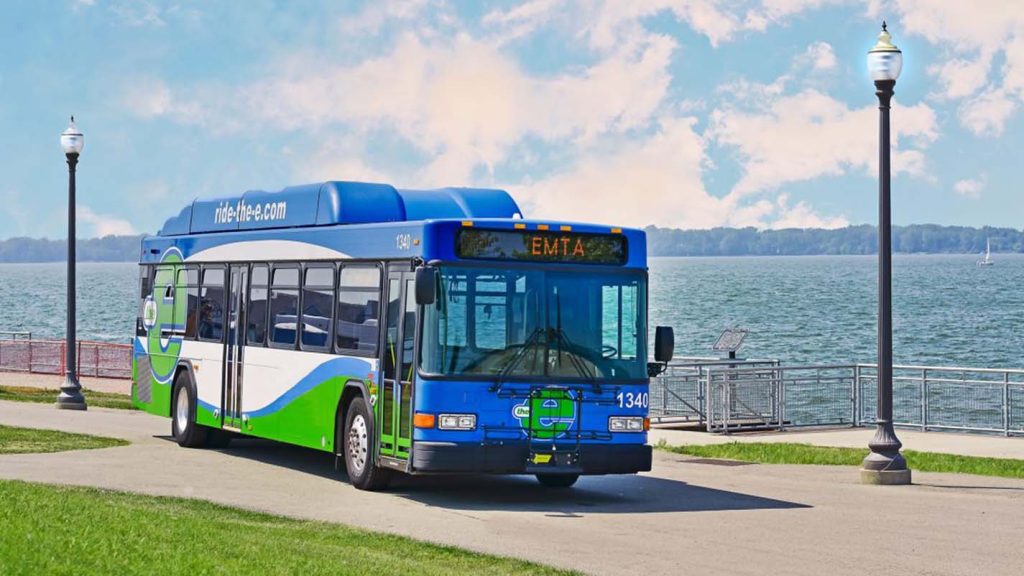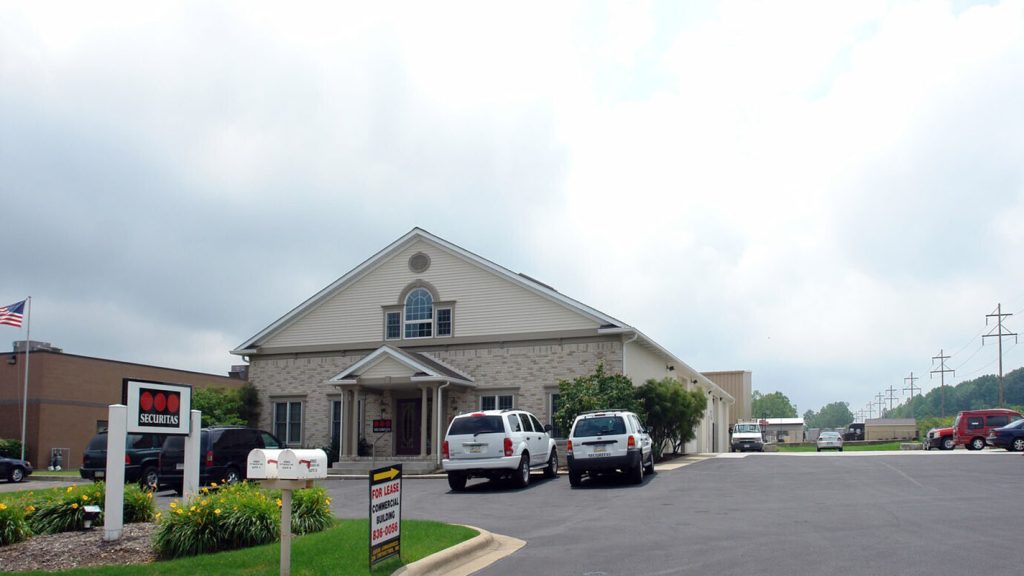Visiting Erie, Pennsylvania offers a unique blend of lakefront charm, historic character, and practical accessibility. This small city on the shore of Lake Erie is more than just Presque Isle beaches and vintage amusement parks—it’s also a place where thoughtful planning can greatly enhance the travel experience, especially when it comes to getting around.
Navigating Erie efficiently depends largely on understanding the available transportation options. The city presents a blend of traditional small-town simplicity and regional connectivity, allowing travelers a degree of flexibility not always found in destinations of a similar scale. Whether traveling by bus, hailing a cab, or renting a vehicle, Erie has its own rhythm and style when it comes to transportation.
1. Erie’s Layout: Understanding the Basics
Before diving into the mechanics of transportation, it’s important to grasp Erie’s basic layout. The city is structured in a grid pattern, with numbered east-west streets and named north-south avenues. Downtown Erie is compact, bordered by the lake to the north and extending several blocks southward toward residential neighborhoods and institutions like Gannon University.
Presque Isle State Park lies to the northwest, accessed by Peninsula Drive. Peach Street serves as a major commercial artery running north-south through the city, packed with shopping centers, restaurants, and hotels. This straightforward grid design makes navigation relatively intuitive, even for first-time visitors.
Distances between major attractions are relatively short compared to larger urban centers, which can make even walking a viable option under favorable weather conditions. However, to fully explore the city and surrounding county, understanding the transportation infrastructure becomes crucial.
2. Public Transportation in Erie: The EMTA Bus System
Overview of EMTA (Erie Metropolitan Transit Authority)
Erie’s primary public transportation is provided by the Erie Metropolitan Transit Authority (EMTA), which operates the ‘e’ bus network. This system is both affordable and extensive, particularly considering the city’s size. It connects most neighborhoods, commercial zones, medical facilities, educational institutions, and shopping districts.
EMTA’s central transit hub is the Intermodal Transportation Center, located at 208 E Bayfront Parkway. This modern station serves as a transfer point for most of the major bus lines, and it also connects with intercity bus services like Greyhound and Amtrak Thruway buses.
Routes and Schedules
The EMTA offers over 25 fixed bus routes, categorized by number and color-coded for easier navigation. Noteworthy routes include:
Route 1: Buffalo Road – Serves East Erie and connects to key commercial areas.
Route 3: Peach Street – Covers major shopping centers and Millcreek Mall.
Route 15: Peninsula – Seasonal route offering access to Presque Isle State Park.
Bayliner Trolley (Route 20) – A popular summer option designed with tourists in mind, providing connections along the Bayfront area.
Buses generally operate from early morning (around 6:00 AM) to evening (roughly 10:00 PM), with reduced service on weekends and holidays. Frequency can vary significantly, ranging from 15-minute intervals during peak hours to hourly service on less-trafficked routes.

Fares and Payment
The base fare for a one-way trip is $1.65, with free transfers available within a two-hour window. Seniors (65+) and individuals with disabilities may ride free or at discounted rates, as long as appropriate ID is presented. Passes can be purchased for unlimited rides:
Day Pass: $3.00
Weekly Pass: $14.00
Monthly Pass: $45.00
Payment can be made directly on the bus in cash (exact fare only), or by using the Token Transit mobile app.
Accessibility and Rider Amenities
EMTA buses are ADA-compliant, equipped with wheelchair lifts and priority seating. Buses are clean and relatively well-maintained, though amenities like Wi-Fi and USB charging ports are limited or absent on most lines.
Real-time tracking is available via the My Stop mobile app, offering GPS-based bus tracking, stop notifications, and route planning tools—a vital asset for anyone relying on public transit during their stay.
3. Taxis and Ride-Sharing in Erie
Taxi Services
Traditional taxi services are still available in Erie, though their presence has diminished somewhat with the rise of ride-sharing platforms. Companies like Erie Yellow Cab and Rupp Limousine & Taxi offer 24-hour service, and they are often stationed near the airport, train stations, and major hotels.
Calling a cab in advance is generally recommended, especially during peak hours or bad weather. Fares are metered and regulated by the city, with typical rates starting around $3.50 for the first mile and $2.00 per additional mile. Wait-time charges may also apply.
Taxis can be a convenient option for direct travel between downtown and outer neighborhoods not well served by public transit, such as suburban hotels or the outskirts of Millcreek Township.
Ride-Sharing: Uber and Lyft
Ride-sharing is widely available in Erie, with Uber and Lyft both operating throughout the city and surrounding regions. These services tend to offer faster response times than taxis and are often more cost-effective for short trips.
Typical wait times range from 5 to 10 minutes in central locations. Prices fluctuate based on demand, time of day, and weather conditions. Airport rides to downtown usually cost between $12 and $20, depending on traffic.
Both platforms offer options for car size and accessibility, including UberX, UberXL, and wheelchair-accessible vehicles (though availability may vary). Tipping is optional but customary.
4. Car Rentals and Self-Driving Options
Renting a Car in Erie
Renting a car is a highly practical option for visitors intending to explore beyond the city limits or travel at their own pace. Car rental agencies operate both at Erie International Airport (ERI) and in several locations throughout the city.
Major rental companies with locations in Erie include:
Enterprise Rent-A-Car
Hertz
Avis
Budget
Advance booking is advisable, especially in summer or during holiday weekends. Prices vary but generally range from $35 to $60 per day for standard vehicles. Fuel prices in Erie tend to be slightly below the national average, adding another layer of cost-effectiveness for self-driving visitors.
Parking and Traffic Conditions

Erie is generally easy to drive in. Traffic congestion is minimal, even during rush hours, and the city’s grid layout simplifies navigation.
Parking downtown is regulated but manageable. Metered parking is enforced Monday through Saturday from 8:00 AM to 6:00 PM, with a $1.00 per hour fee. Street parking is free on Sundays and holidays. Several parking ramps offer hourly or daily rates, including the Boston Store Parking Ramp and Peach Street Garage.
At locations like Presque Isle, parking is free but often fills up quickly during summer weekends. Arriving early is advisable to secure a spot near the main beaches or boat ramps.
Winter Driving Considerations
Winter in Erie is serious business. The city receives over 100 inches of snow annually, thanks to lake-effect snow patterns. While local infrastructure is well-prepared with snowplows and salted roads, driving can still be challenging for those unfamiliar with such conditions.
Vehicles with all-wheel drive or snow tires are strongly recommended in winter months. Most rental agencies offer winter-ready vehicles upon request, though inventory may be limited. Checking weather forecasts regularly and avoiding travel during major snowstorms is wise.
5. Bicycling and Pedestrian Access
While Erie is not a cycling metropolis by any means, it is gradually becoming more bike-friendly. Dedicated bike lanes are sporadic but present on certain roads, particularly near the Bayfront and in parts of downtown.
The Bayfront Connector and Presque Isle Multi-Purpose Trail are scenic routes ideal for recreational biking. Bicycle rentals are available at locations near Presque Isle and downtown, especially in summer. Helmets are not legally required for adults but are strongly encouraged.
Walking in Erie is pleasant in spring, summer, and early fall. Most of downtown, the waterfront, and even some suburban areas like Frontier Park are highly walkable. However, wide spacing between districts and unpredictable weather make walking more of a leisure option than a primary mode of transport.
6. Intercity Travel and Regional Connections
Erie’s transportation network is not confined to city limits. For those looking to connect to other parts of Pennsylvania, Ohio, or New York, there are several intercity travel options.
Train and Bus Connections
Amtrak offers service via the Lake Shore Limited, stopping daily at the Union Station (125 W 14th St). This route connects Erie with Chicago to the west and New York City to the east.
Greyhound and Barons Bus Lines provide regional bus service to Cleveland, Pittsburgh, Buffalo, and beyond.
The Intermodal Transportation Center serves as the hub for these services, with facilities including ticket counters, waiting areas, and local bus connections.
Advance booking is recommended, especially for weekend departures and during summer vacation periods.
Air Travel
Erie International Airport (ERI) is located about 7 miles southwest of downtown and provides direct flights to cities like Charlotte and Chicago, depending on seasonal demand. Ground transportation to and from the airport includes rental cars, taxis, Uber/Lyft, and limited EMTA bus service (Route 31).
7. Transportation Tips for Visitors
Understanding a few key principles can greatly improve the experience of navigating Erie:
Weather Flexibility: Always account for sudden changes in weather, especially from October through April.
Digital Tools: Mobile apps such as My Stop, Google Maps, Uber, and Token Transit can make travel more efficient.
Local Knowledge: When in doubt, ask. Erie residents are known for their friendliness and are often more than happy to point out the best route or shortcut.
Plan Around Events: Large events like Roar on the Shore or CelebrateErie can significantly alter traffic flow and parking availability.
Transportation in Erie, while perhaps not as expansive or tech-integrated as larger cities, is surprisingly accessible and traveler-friendly when approached with a bit of planning and local awareness.